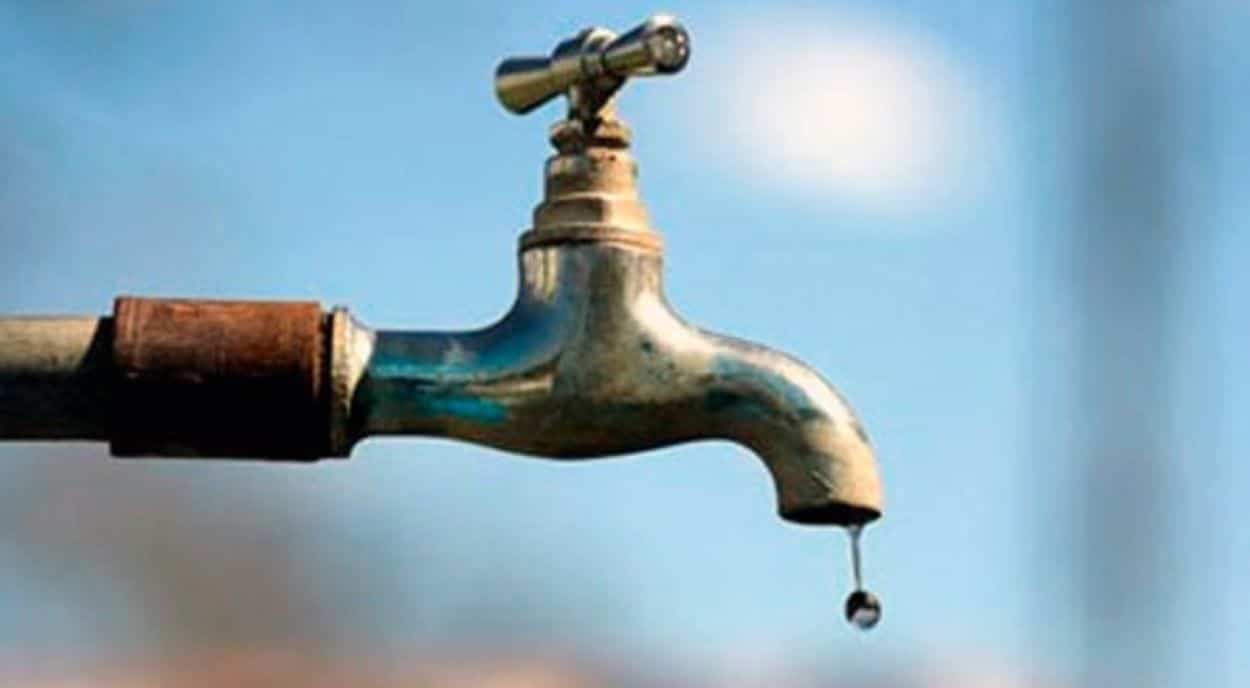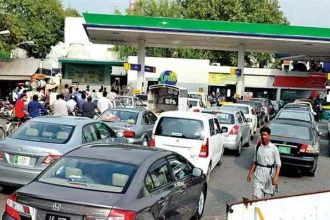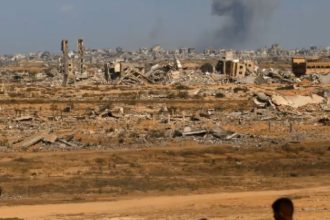Lahore is experiencing a severe and escalating water crisis. Residents of the city are struggling to access safe water, turning this basic necessity into a significant problem.
With the city’s agency supplying less water, people are increasingly dependent on groundwater. This has led to a dangerous drop in the water table and serious health concerns. The underground water level in Lahore is falling at an alarming rate. A 2018 study recorded the water level at 130 feet.
That level has now dropped to 164 feet. Experts state that the water table is sinking by about 2.6 feet each year. As the level falls, residents are forced to drill deeper boreholes. This is a costly process that offers only a temporary solution.
The most critical issue is the deteriorating water quality. As the water level drops, the concentration of poisonous substances increases. Medical experts warn that this toxic water is a major health threat. Its use for cooking and drinking is linked to various cancers, skin diseases, and diabetes.
Read: Lahore Ranks as World’s Second Most Polluted City Amid Smog Crisis
Many citizens already know the water is unsafe. They use borehole water only for cleaning and bathing, relying on expensive filtered water for drinking. The crisis is driven by an ever-growing population and widespread construction. Concrete and buildings prevent rainwater from seeping back into the ground, thereby replenishing the supply.
Even water filtration plants, a temporary relief for many, source their water from the same depleting and contaminated underground reserves.
The city around the Ravi River is becoming increasingly thirsty. The situation calls for urgent action to secure a sustainable and safe water future for Lahore.






